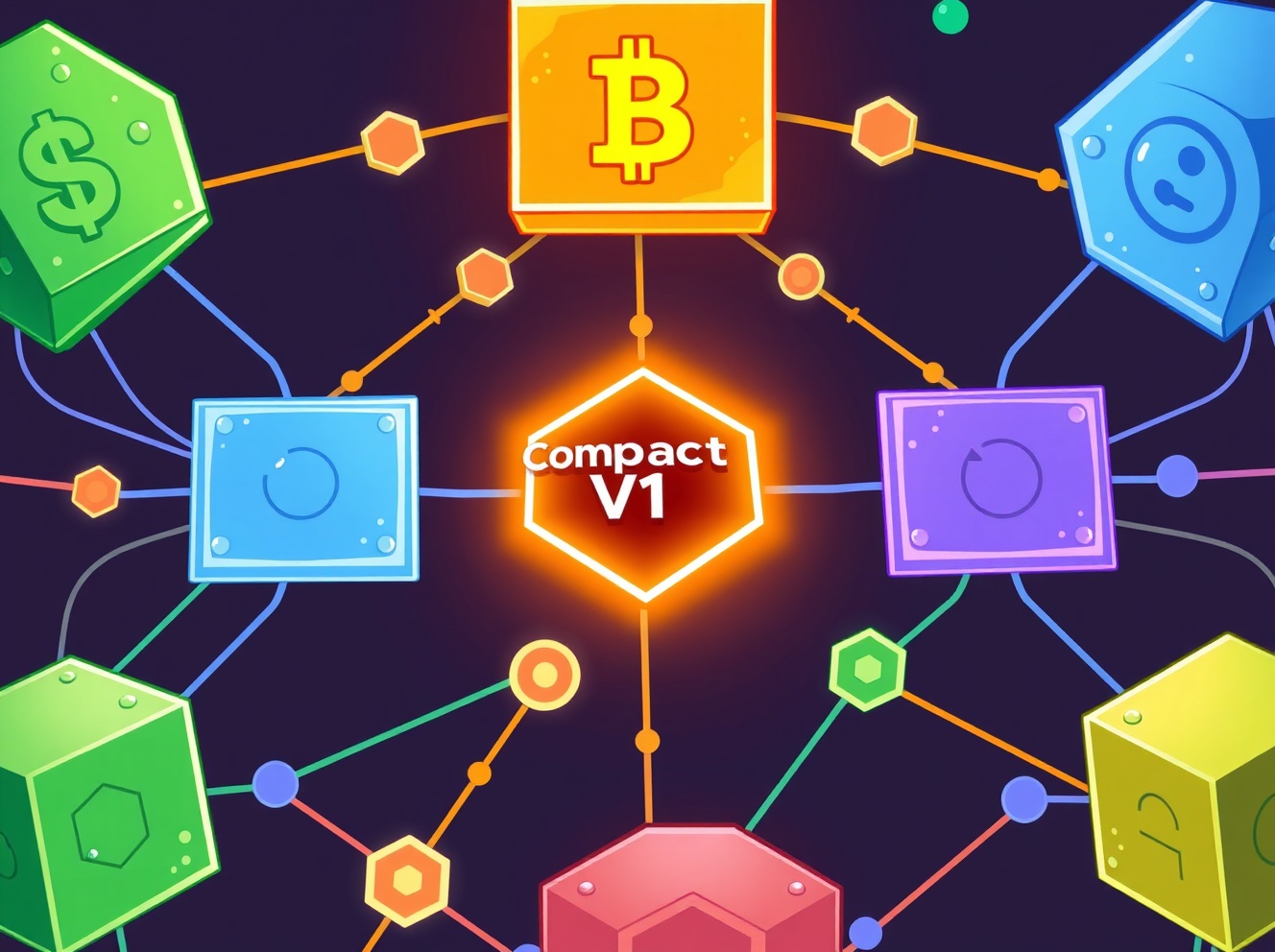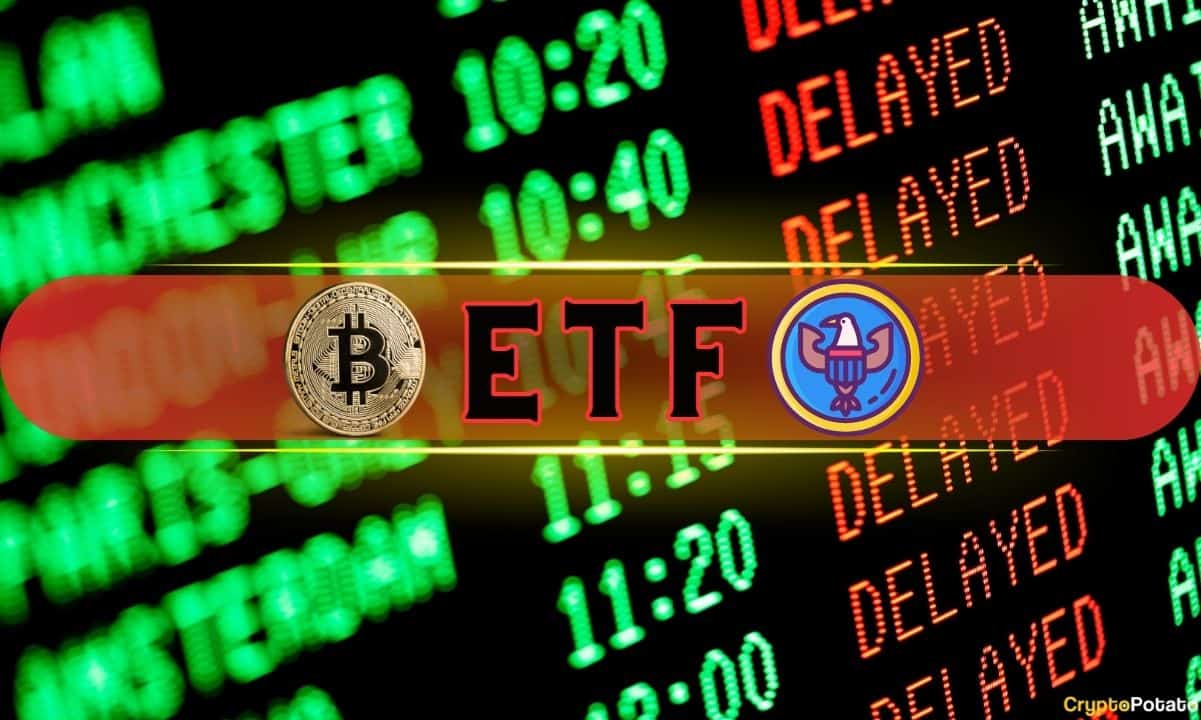Uniswap Compact V1: Unlocking a Revolutionary Cross-Chain Future
BitcoinWorld
Uniswap Compact V1: Unlocking a Revolutionary Cross-Chain Future
The blockchain world is constantly evolving, but one persistent challenge has been the fragmentation across different networks. Imagine trying to send value or data between distinct blockchains, each with its own rules and security measures. This often leads to complexity and potential vulnerabilities. However, a significant development from Uniswap Labs is poised to change this narrative with the launch of the Uniswap Compact V1.
What is Uniswap Compact V1 and Why Does It Matter?
Uniswap Labs has introduced The Compact v1, an innovative ownership-free contract specifically engineered to enhance the cross-chain environment. This groundbreaking solution aims to tackle some of the most pressing issues in decentralized finance (DeFi) today.
- Secure Resource Locks: At its core, the Uniswap Compact V1 is designed to manage resource locks more securely and flexibly within complex cross-chain settings. This means that when assets or data are temporarily held on one chain while an operation occurs on another, the process is far more robust and less prone to exploits.
- Resolving Fragmentation: One of the biggest hurdles for blockchain interoperability is network fragmentation. Different blockchains often operate in silos, making seamless interaction difficult. The Compact v1 directly addresses this by providing a unified approach to managing cross-chain operations.
- Developer Empowerment: Beyond security and interoperability, Uniswap Compact V1 offers developers a highly customizable and composable framework. This flexibility allows builders to create more sophisticated and integrated decentralized applications (dApps) that can leverage the strengths of multiple blockchain networks.
How Does Uniswap Compact V1 Enhance Cross-Chain Security and Flexibility?
The ingenuity of the Uniswap Compact V1 lies in its architectural design, prioritizing both security and adaptability. By being an ownership-free contract, it inherently reduces central points of failure, bolstering trust in its operations.
Furthermore, its design facilitates more secure asset transfers and data exchanges between disparate blockchains. This is crucial for applications that require atomic swaps or complex multi-chain transactions, where the integrity of resource locking is paramount. Developers can tailor the framework to specific use cases, ensuring that security protocols are precisely aligned with the application’s needs.
The Future Impact of Uniswap Compact V1 on the Cross-Chain Environment
The introduction of Uniswap Compact V1 is not just an incremental update; it represents a significant leap forward for the entire cross-chain landscape. As the DeFi ecosystem continues to expand across various Layer 1 and Layer 2 solutions, the need for efficient and secure interoperability becomes even more critical.
This new contract could pave the way for:
- More fluid movement of liquidity across chains, unlocking new opportunities for arbitrage and yield generation.
- The development of truly multi-chain dApps that can harness the unique features and user bases of different networks without cumbersome bridges.
- Reduced transaction friction and improved user experience for those interacting with decentralized protocols spanning multiple blockchains.
Ultimately, Uniswap Labs’ latest innovation helps build a more connected, resilient, and user-friendly decentralized future.
The launch of Uniswap Compact V1 marks an exciting chapter in the quest for a truly interconnected blockchain ecosystem. By focusing on secure resource management, flexibility, and a developer-friendly framework, Uniswap Labs is addressing critical challenges that have long hindered the potential of cross-chain interactions. This innovative contract is set to empower developers and users alike, fostering a more robust and integrated DeFi landscape where fragmentation becomes a relic of the past. The future of cross-chain looks brighter and more secure with this pivotal advancement.
Frequently Asked Questions (FAQs)
What is the main purpose of Uniswap Compact V1?
The primary purpose of Uniswap Compact V1 is to improve the cross-chain environment by managing resource locks more securely and flexibly, resolving blockchain network fragmentation, and providing a customizable framework for developers.
Is Uniswap Compact V1 an ownership-free contract?
Yes, The Compact v1 is an ownership-free contract, meaning it operates without a central controlling entity, enhancing its decentralized nature and security.
How does Compact V1 help developers?
It offers developers a customizable and composable framework, allowing them to build more integrated and secure decentralized applications that can interact seamlessly across different blockchain networks.
What problem does Uniswap Compact V1 aim to solve regarding blockchain fragmentation?
It aims to resolve the issue of blockchain network fragmentation by providing a more secure and flexible way for different chains to interact and exchange resources, leading to a more unified cross-chain environment.
Did you find this article insightful? Share your thoughts and help us spread the word about the groundbreaking advancements in the crypto space! Your support helps inform and empower the decentralized community.
To learn more about the latest crypto market trends, explore our article on key developments shaping DeFi innovation.
This post Uniswap Compact V1: Unlocking a Revolutionary Cross-Chain Future first appeared on BitcoinWorld.
You May Also Like

American Bitcoin’s $5B Nasdaq Debut Puts Trump-Backed Miner in Crypto Spotlight

Cashing In On University Patents Means Giving Up On Our Innovation Future
